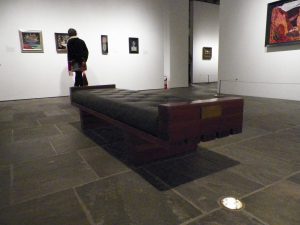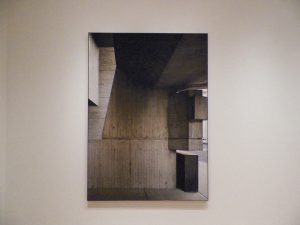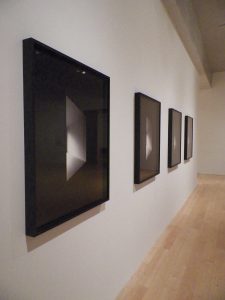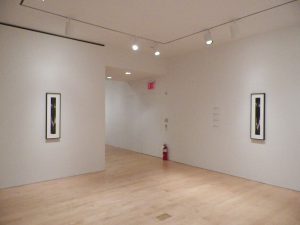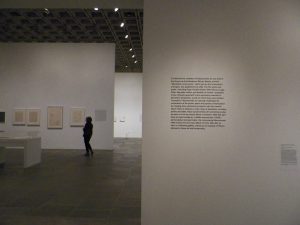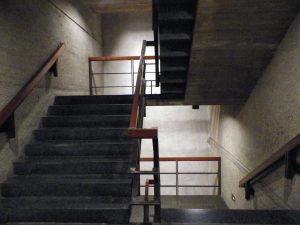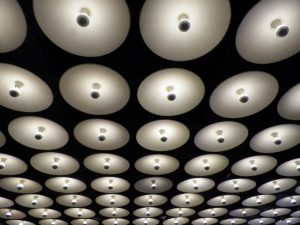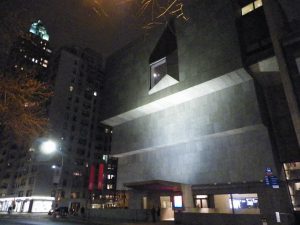In 1954 the small studio was overtaken by art and Gertrude Whitney decided to move the pieces to a small space that was located behind the Museum of Modern Art (also known as MoMA) which was another museum, of few, that was created by women. Whitney-Vanderbilt and her students quickly filled and conquered this space and after an unfortunate fire in 1958, it forced the museum to move again. This time they commissioned Marcel Breuer, a famous European architect.
Breuer was a Hungarian native before moving to Germany to become one of the very few students of the Bauhaus, which was an infamous German college for fine arts and construction raised from the harsh conditions of World War II. the school of design operated from 1919-1933 as the program was shut down by the Nazis. This school was affiliated with some of the architectural greats like, Ludwig Mies Van Der Rohe, Walter Gropius, and Le Corbusier. From this school, Breuer honed his craft; he nurtured his own style which was very brutalistic. His buildings were extremely weighted to the ground as he explored concrete. Breuer also continued his infatuation with concrete by placing it in an unexpected place like upper Manhattan, making it the third home of the Whitney Museum of American Art.
The project was completed in 1966 and was the Whitney Museum’s home for 49 years. He designed this building inside and out, from the intricate windows to the furnishings that reside in the museum (which are still fully functional after 51 years of use). The art flooded the walls and created its own atmosphere which was astonishing given the main aesthetic of the museum being American Art. in this era of time it was not a good thing to be an American artist since popular assumption was that all fine art came from Europe. Whitney felt differently than everyone else and thought that she and her students should take pride in their art: therefore she sent approximately five hundred pieces to the Metropolitan Museum of Art, prior to the commissioning of their first independent museum built by Breuer. The prestigious museum denied every single admission since they perceived it as too American and unrefined. Because of this she made her own gallery, giving herself and her students the validity that they deserved. She celebrated American art, deeming it uniquely beautiful and important while everyone else thought differently.
It’s quite surprising to know that when the Whitney Museum outgrew this space as it did with the others, The Metropolitan art gallery is what occupied Breuer’s brutalist masterpiece that once housed the pieces that they denied as art.
Tune in next week to see the last installment of the Whitney Museum of American Art as we explore its latest home.

